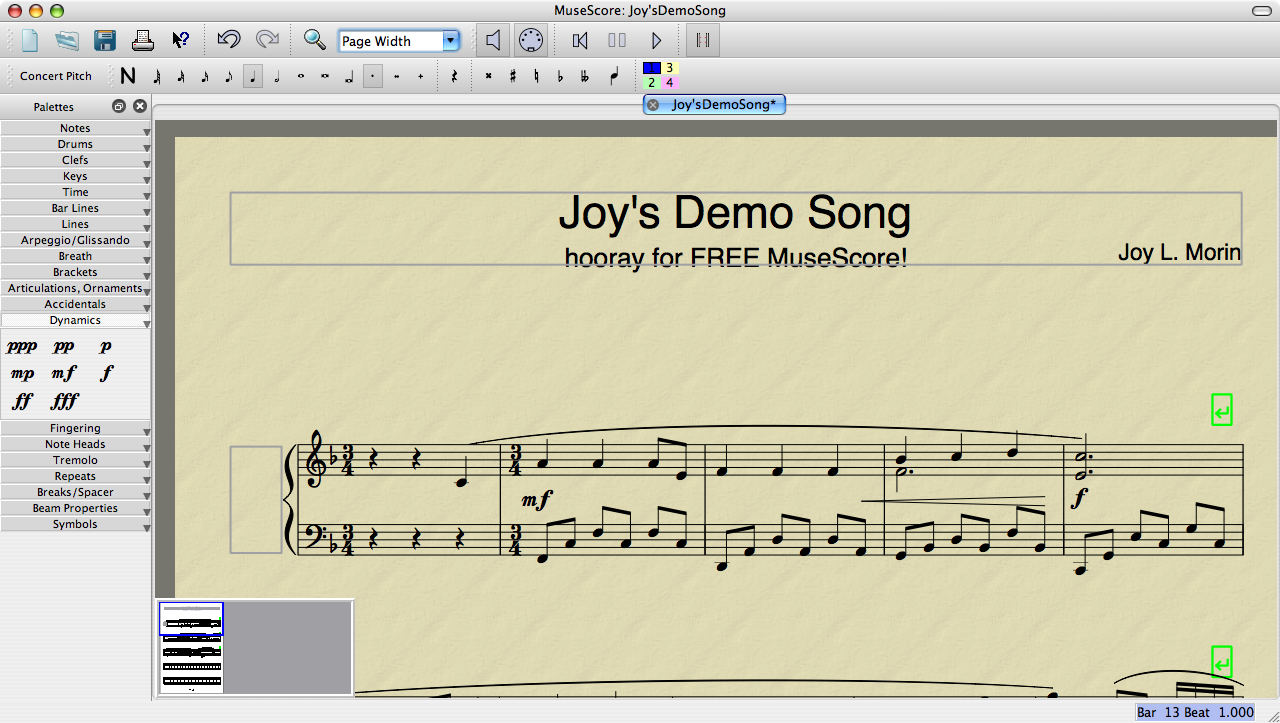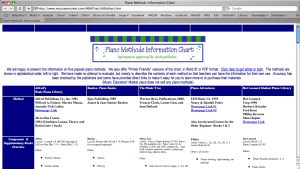Student Recitals are great because they give students a goal to work towards, giving their lessons more direction and increasing the student’s motivation for making progress on their pieces. Parents and grandparents also love them, because they get a chance to watch the students play their pieces onstage.
Here’s a checklist for when you plan your next Student Recital:
- Choose a date and time.
- Assign music to each student 2-3 months (or more) in advance. I recommend buying new sheet music for the student, because there is something special about learning music outside of the usual lesson books.
- Begin working on a piece of music yourself — it’s so important to play a piece at the recital along with your students. Students will look up to you for going through the same recital-preparation process that they are going through, and parents really enjoy hearing the teacher play as well.
- Choose a location. Some options: your home, a church, a student’s home, or a retirement home.
- Send notification to parents and students, including information concerning:
- date, time, location
- whether students should memorize their pieces or not
- how the students should dress
- whether the students should bring their music along to the performance
- Prepare any certificates or prizes that you may want to award at the recital. One year, I gave each student a long-stem rose after their performance (be sure to cut off the thorns!) — they were a real hit.
- If you wish to have some post-recital fellowship time, you may want to check with the parents to see if any are willing to help out by bringing cookies, brownies, bars, or punch.
- Buy napkins, cups, plates — whatever you need for the refreshments you wish to serve.
- Type up a program for the recital, listing the students names and the pieces they’re performing. Make enough copies for the students and their families.
- On the day of the recital, arrive early to set things up. Make sure the piano is set up appropriately. Set up any video camera or recording devices you may wish to use. Write each student’s name on a program and use the programs to mark where the students should sit during the recital. Put the rest of the programs on a music stand near the door. Set up the refreshment table where everyone will mingle afterwards. Ask your spouse or someone to take pictures of each student as the recital progresses, and find a good place for them to sit.
- Once everyone has arrived, make opening comments to welcome everyone before the students play, following the order of the program. At the end, award any certificates, prizes, or flowers and encourage parents/family to stay afterwards for refreshments.
Afterwards
In the weeks following the recital, here are some other things you may wish to do:
- Put up photos on your website for the students and their families to enjoy. If you don’t have a website, you could email the pictures to each student.
- Send thank-you notes to each person who volunteered to bring refreshments, and perhaps also to the person who hosted the recital (or the janitor, as the case may be).
- If you recorded the recital, put the recording on a cd or dvd and mail it out. Or, make it available on your website or on YouTube.
Do you have some great ideas that you use at your Student Recitals? Please feel free to share them by leaving a comment below!



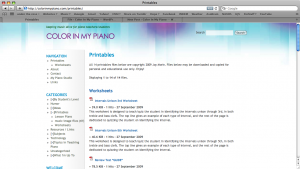


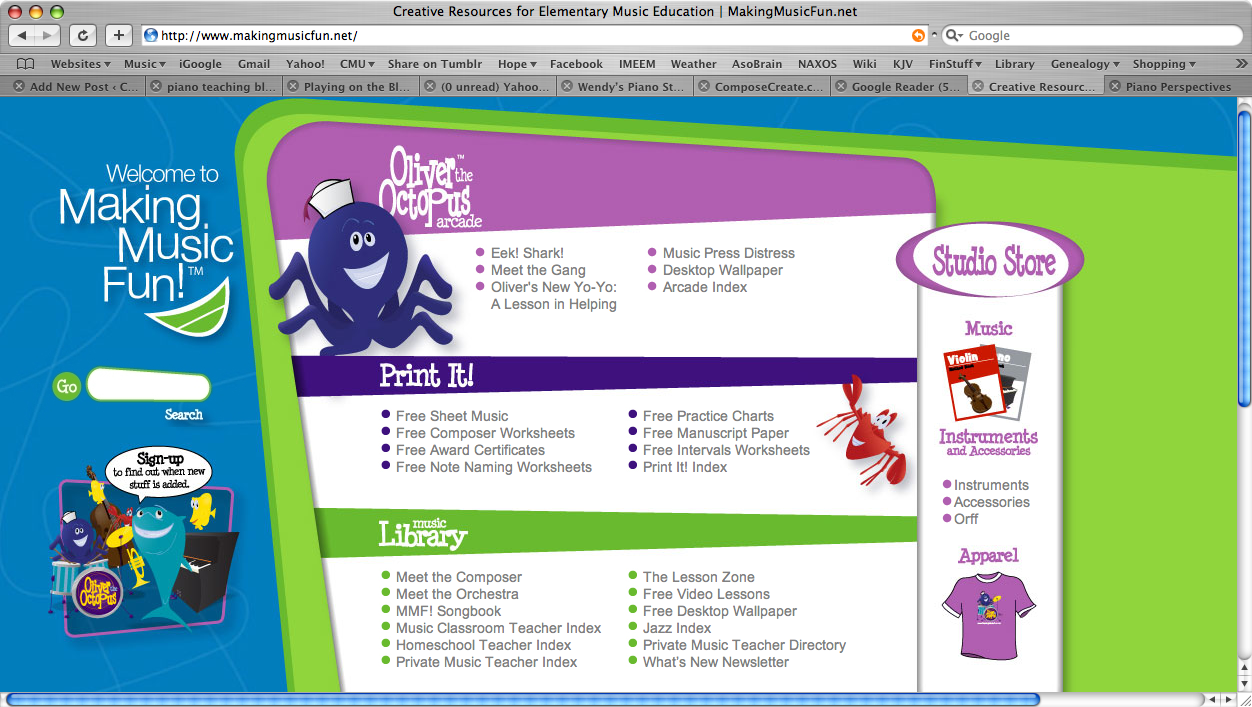
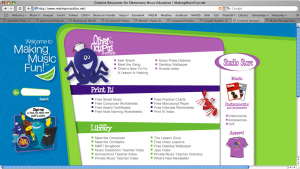

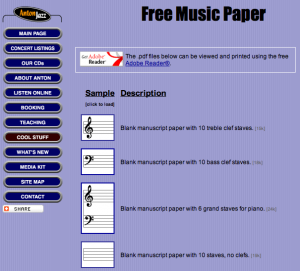

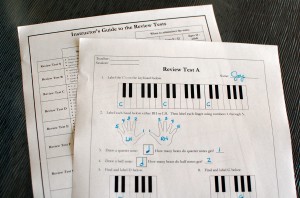 If you navigate over to the
If you navigate over to the 